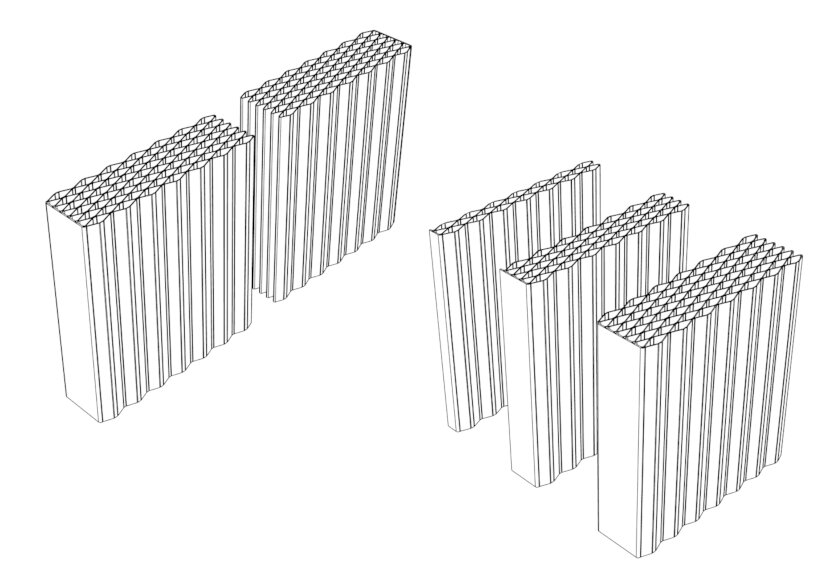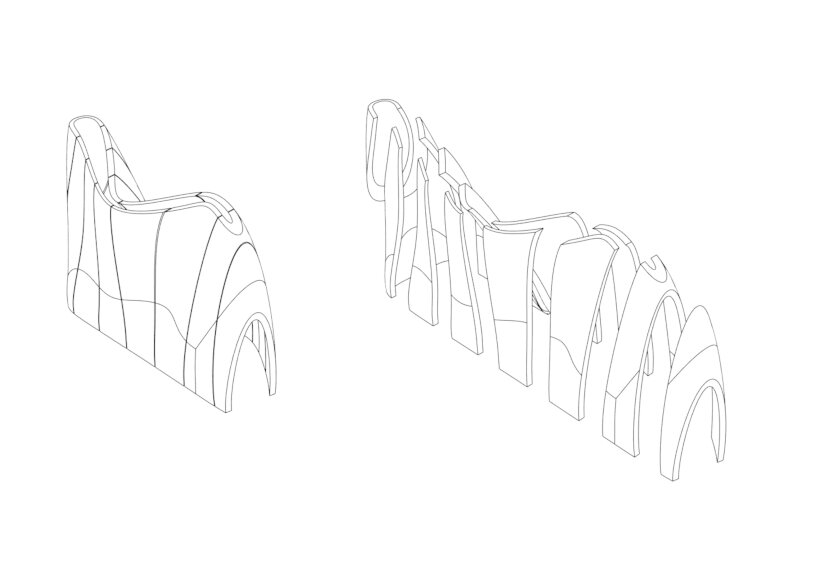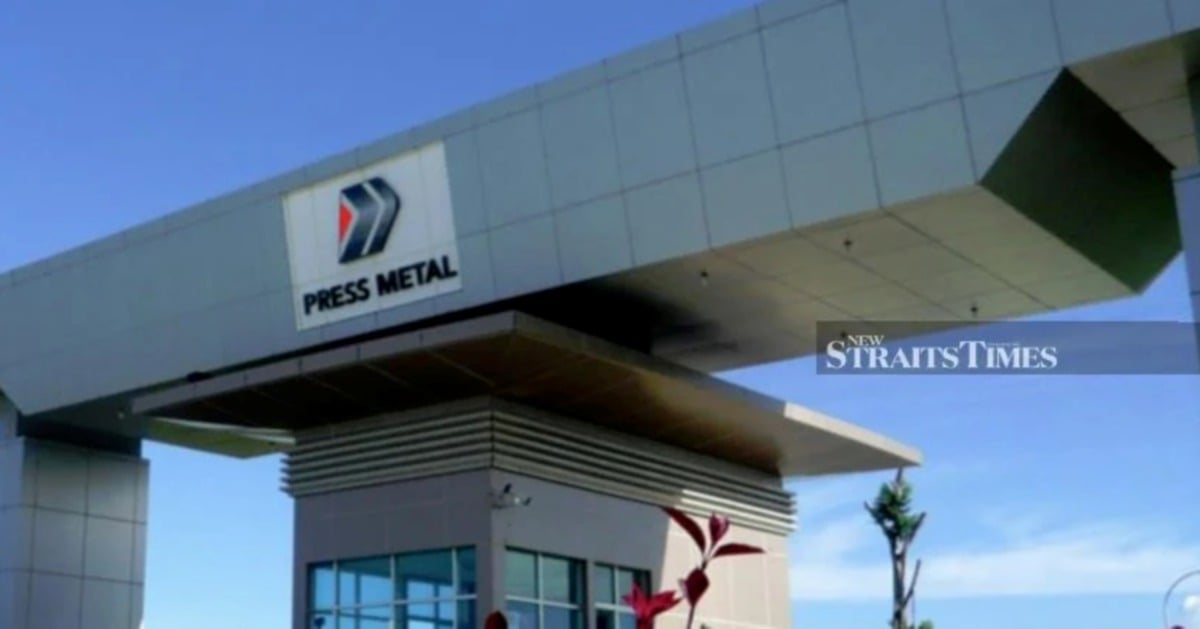Ross Stevens’ design envisions AI-driven sustainable structure
Mid-century modernism 2050 by Ross Stevens explores the way forward for AI-driven sustainable structure, specializing in how synthetic intelligence and 3D printing applied sciences will form constructing design and building processes by the yr 2050. This imaginative and prescient emphasizes AI’s function in optimizing selections by analyzing knowledge resembling solar angles and structural forces. Digital constructing exploration turns into potential earlier than bodily building begins, permitting for higher planning and effectivity.
Central to this strategy is the design of constructions which can be cost-effective and environmentally pleasant, prioritizing ease of building and dismantling to facilitate materials reuse. Bio-based polymers, like PLA (polylactic acid), emerge as best supplies for these buildings on account of their recyclability, structural power, and adaptableness. PLA, a thermoplastic derived from renewable assets, presents a mix of power and adaptability, making it appropriate to be used in numerous purposes from structural parts to aesthetic finishes.
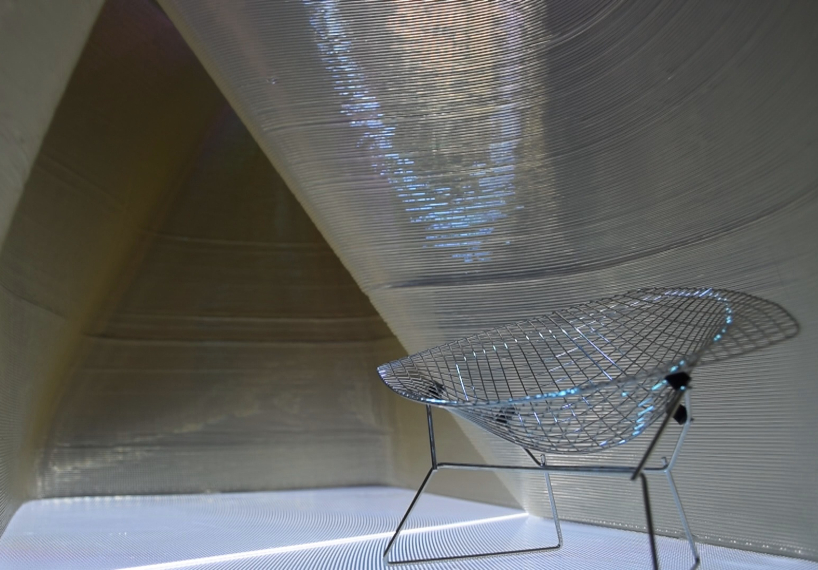
all photographs courtesy of Ross Stevens
Mid-century modernism 2050 explores 3D Printing and AI potential
The manufacturing of constructing parts would happen in native 3D print farms, using scalable, low-cost FDM (Fused Deposition Modeling) printers. This technique allows the environment friendly creation of large-scale parts, with the added benefit of closed-loop recycling, as outdated supplies may be repurposed into new building components. A prototype is at the moment beneath growth for producing parts as much as 1.5 meters, with future designs anticipated to achieve as much as 4 meters and embody components like home windows, plumbing, and electrical infrastructure. Chrome steel cables are proposed to reinforce tensile power in structural parts. Led by industrial designer Ross Stevens, educational at Wellington’s Victoria College, this analysis merges AI and 3D printing for sustainable buildings of the longer term.
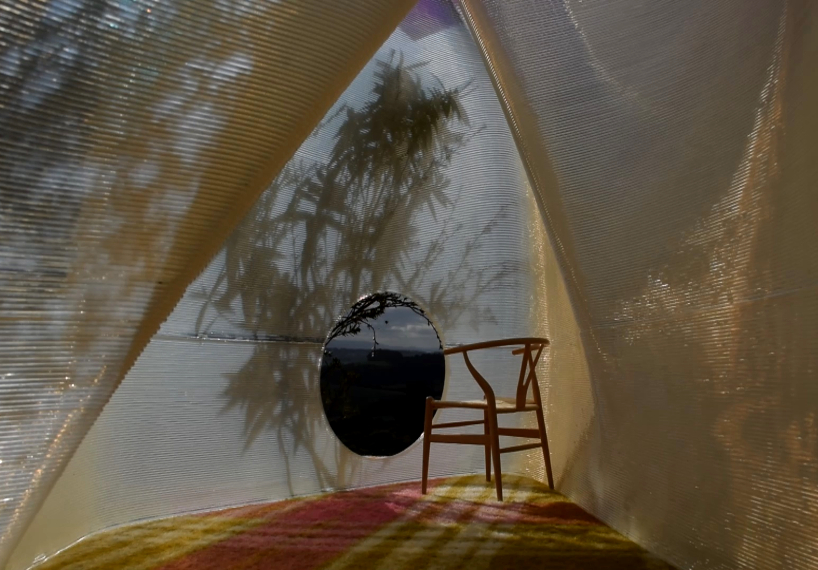
room with a view
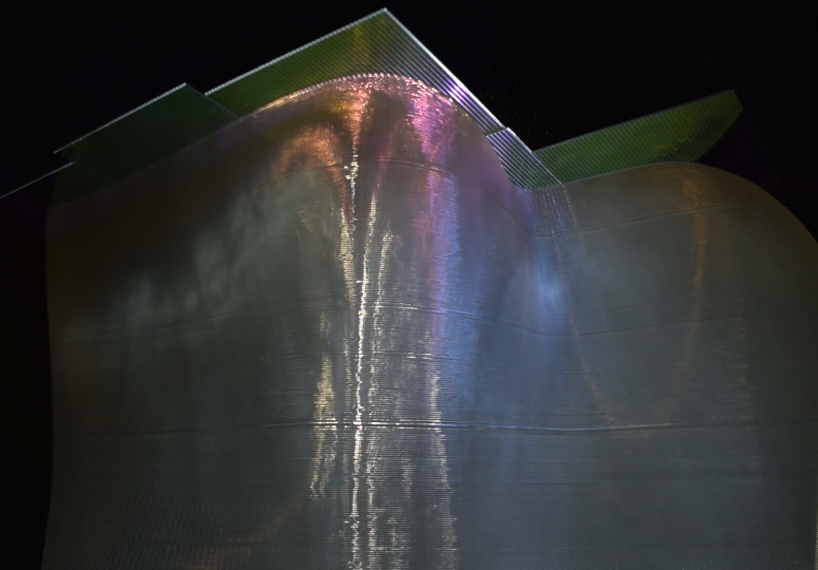
exterior mild present
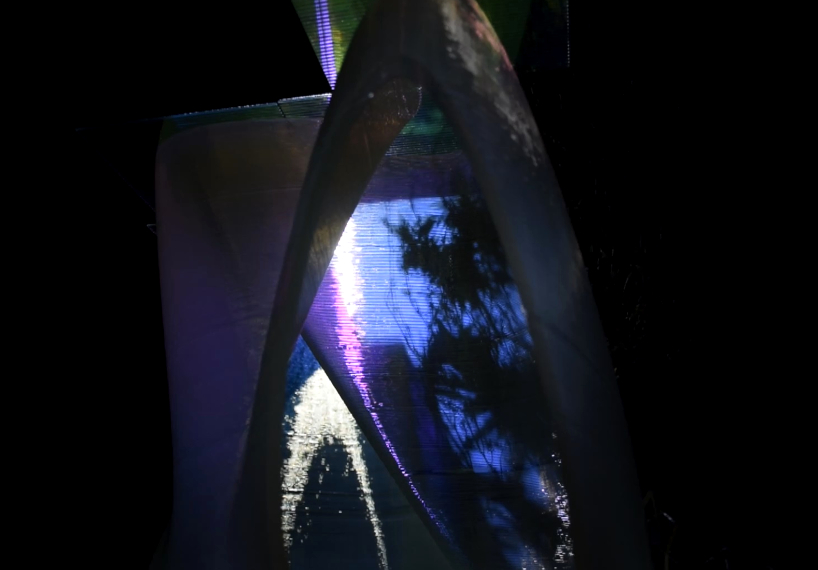
inside shadow show
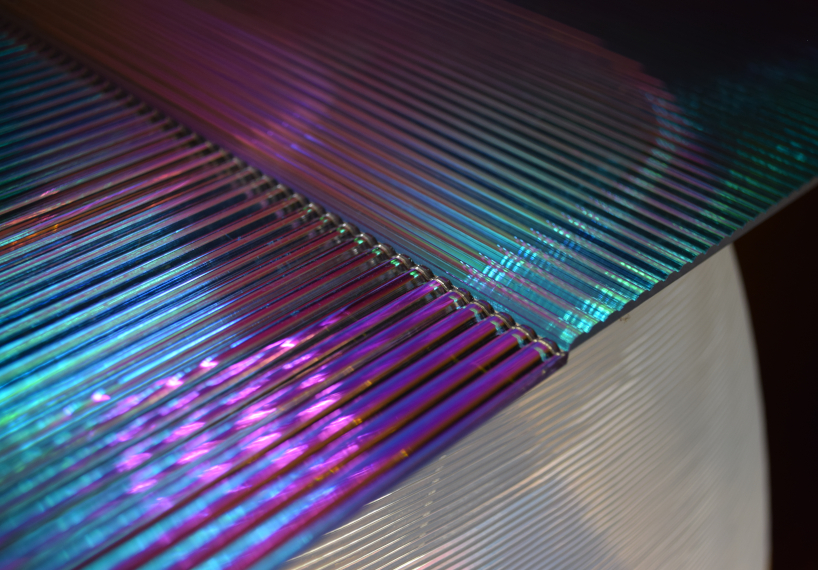
roof element
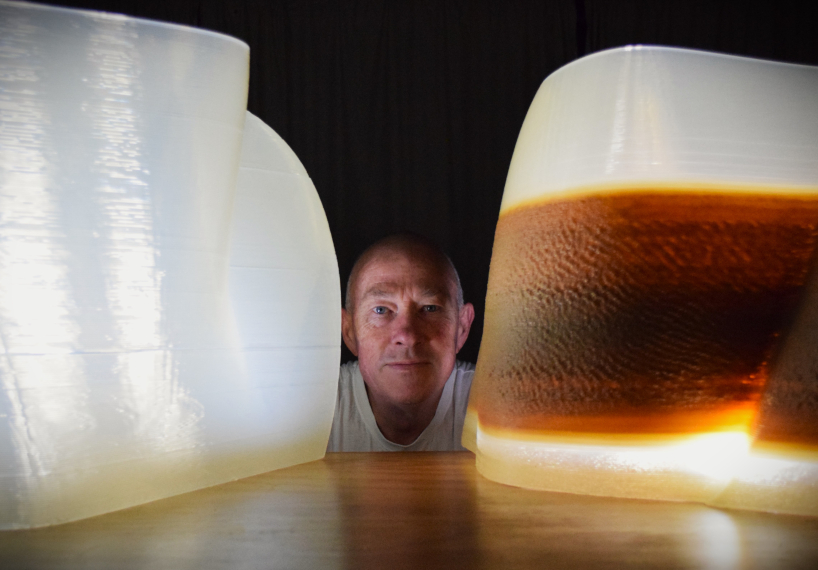
Ross Stevens’ portrait with experiments
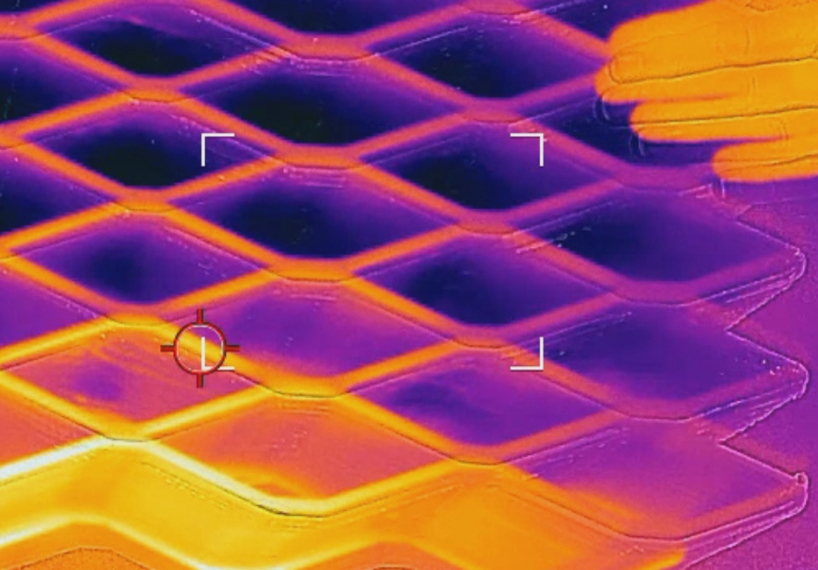
thermal qualities of PLA
1/2
undertaking data:
identify: Mid-century modernism 2050
designer: Ross Stevens
designboom has acquired this undertaking from our DIY submissions characteristic, the place we welcome our readers to submit their very own work for publication. see extra undertaking submissions from our readers right here.
edited by: christina vergopoulou | designboom

